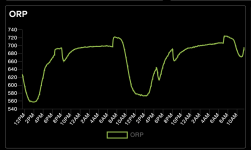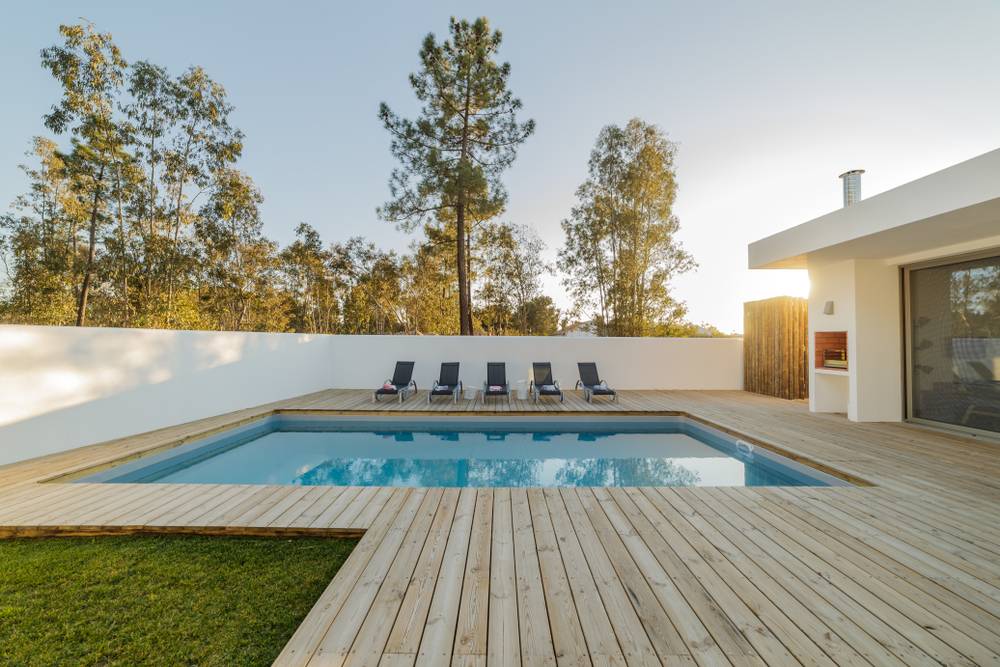This is a general question about the process of how SWG work.
My SWG is set by ORP NOT by a % of time the pump runs. I know from research that ORP is a measurement of oxidation of chlorine and that an ORP reading of 750-800 is very clean water meaning that the sanitizer (chlorine?) is easily used. I know that pH affects the ORP level. Lowering the pH of the water should increase the ORP level. Please correct me if I am misunderstanding...
So how does this measurment of the usability of the chlorine (ORP) traslate into the production of chlorine?
For example, on my omnilogic I had a set ORP of 700mv and the actual ORP was 720mv. The SWG was not chlorinating at the time. I set the acid tank pH down to 7.3 from 7.5 and turned the ORPset point to 750mv. (The chlorinator turned on and started chlorinating.) That should have resulted in the ORP level increasing, right? And if Increasing the ORP set point from 700mv to 750mv increased the chlorination then why did the actual ORP level drop? How does the SWG know to produce more chlorine? If the answer to increasing the ORP level is to add chlorine, why did the ORP level drop? Am I missing something in how this process works? Can someone please clarify.
One of the main reasons we spent the extra $$$ to purchase a SWG system is because I thought that it is possible to run very low levels of chlorine in the pool if the ORP is high... Please do not tell me to turn off the SWG. I want to understand the process so I can manage it.
My SWG is set by ORP NOT by a % of time the pump runs. I know from research that ORP is a measurement of oxidation of chlorine and that an ORP reading of 750-800 is very clean water meaning that the sanitizer (chlorine?) is easily used. I know that pH affects the ORP level. Lowering the pH of the water should increase the ORP level. Please correct me if I am misunderstanding...
So how does this measurment of the usability of the chlorine (ORP) traslate into the production of chlorine?
For example, on my omnilogic I had a set ORP of 700mv and the actual ORP was 720mv. The SWG was not chlorinating at the time. I set the acid tank pH down to 7.3 from 7.5 and turned the ORPset point to 750mv. (The chlorinator turned on and started chlorinating.) That should have resulted in the ORP level increasing, right? And if Increasing the ORP set point from 700mv to 750mv increased the chlorination then why did the actual ORP level drop? How does the SWG know to produce more chlorine? If the answer to increasing the ORP level is to add chlorine, why did the ORP level drop? Am I missing something in how this process works? Can someone please clarify.
One of the main reasons we spent the extra $$$ to purchase a SWG system is because I thought that it is possible to run very low levels of chlorine in the pool if the ORP is high... Please do not tell me to turn off the SWG. I want to understand the process so I can manage it.



